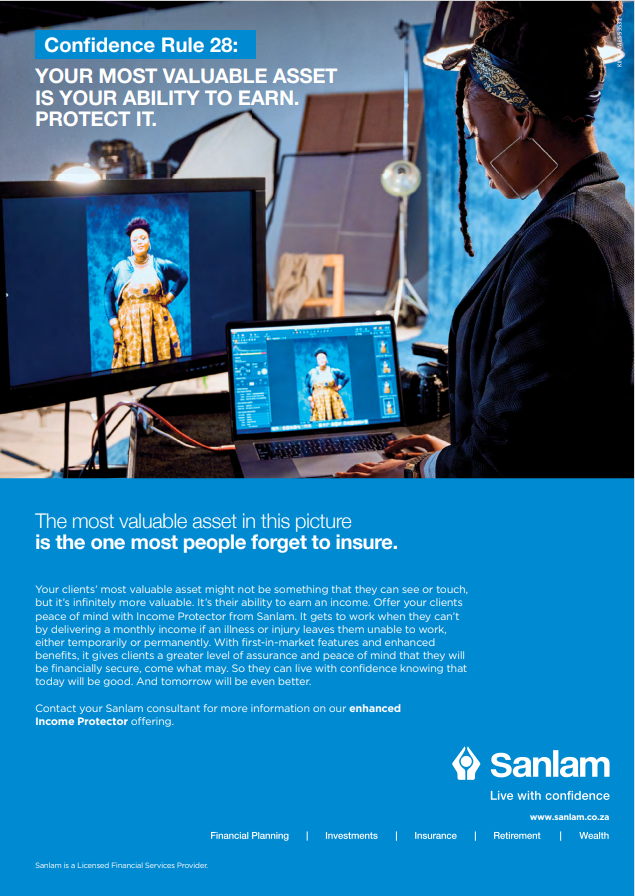Customer engagement in 2022
Businesses’ interactions with their customers have changed dramatically over the last couple of years. And as a result of this shift, businesses have been forced to rethink their strategies, ensuring that their models are centered on truly understanding their customers and adding value.
By developing a customer engagement strategy that puts the consumer at the center of all decisions, businesses can maintain brand relevance and cultivate stronger loyalty.
In this article, we speak with industry experts to find out what they think will be the customer engagement trends in 2022.
- Linear journey mapping is dead
While customer experience teams can set up specific journeys for their customers, doing so means losing out on customised journeys. Each individual interaction offers a multitude of possible directions, making the visualisation of an engagement process more of a spider’s web of potential journeys.
Moreover, mapped out journeys lead to experiences that are misaligned and organised around the needs of the business.
“Think about it. If you’re an insurance customer who’s trying to take out a new policy, would you rather your provider forced you to go from their app or website to email, or that it allowed you to complete the process on whichever channel you choose?” asks Brent Haumann, Managing Director at Striata.
“The organisation might prefer the former, but for most customers, it’s a no-brainer, especially if the organisation provides a consistent experience across all channels.”
Haumann believes that businesses must take an approach that centres on orchestration and intelligent orchestration in particular. Intelligent orchestration means the system improves its ability with each additional data point and makes increasingly intelligent decisions.
” Across all your channels (call centre, social media, communication), the system makes a decision on the next best step to send the right message on the right channel, at the right time,” Haumann says.

- Understand the 3D customer experience
Most organisations understand that data is critical. But in a world where 2.5 quintillion bytes of data are produced by humans every day, it’s important to be able to filter out the data that will give your organisation usable insights. Greg Gatherer, Account Manager at Liferay Africa, believes that done correctly, it can help you understand things like which channels an individual customer prefers, what times of the day they’re most likely to interact with your organisation, and what kind of transactions they engage in when they do.
Using these insights, you can not only design changes to your products and services but to every single customer touchpoint, including communications, marketing, and billing.
“Remember, every department within an organisation contributes to the overall customer experience and the insights gained from customer data can be used to make tweaks and improvements at every level,” says Gatherer.
Finally, you can deliver these improvements to the customer, understanding that they need to complement each other and work together if your organisation is to provide the kind of experience that today’s customer expects. “If you’ve done things properly, you should end up providing experiences optimised for each individual customer across online and offline channels,” says Gatherer.
- Engagement equals entertainment and every brand is an entertainment brand

Increasingly, every company needs to see itself as an entertainment company. More than anything, people want to be entertained, and ‘brand conversations’ typically aren’t entertaining.
“This means thinking laterally about brand associations and customer value to ensure the entertainment element doesn’t feel forced or, worse, tone deaf for the audience it’s targeting,” says Sizwe Sihle Dlamini, Customer Experience Director at Hoorah Digital.
For example, KBC bank in Belgium embraced entertainment by making live football clips available on its app to increase usage. “KBC had no association to football but saw an opportunity to build affinity with football fans, which represents a significant portion of the bank’s target audience,” says Dlamini.
Significantly, the bank didn’t do this to increase transactions on the app, which would have been the traditional motivation. Instead it took the longer-term, more strategic approach and opted for usage and brand affinity first, knowing that transactional use would be the inevitable result.
“This serves as a brilliant example of how notions of brand value can be expanded – and challenged – to speak to the passion points of an audience through entertainment,” says Dlamini.
- Value lies at the heart of sustained engagement
Sustained engagement is underpinned by value, which in turn is driven by convenience, particularly in a retail environment. Jonathan Hurvitz, Teljoy CEO believes that convenience is central to delivering on customer value.
The notion of convenience is increasingly under the spotlight as consumers seek solutions to simplify various aspects of their lives, according to Nielson’s The Quest for Convenience report.
“In fact, convenience has been called the ‘new battleground’, hinting at its importance and in line with reports of consumers spending more if it means better convenience,” says Hurvitz.
Hurvitz continues, “Delivering on value starts with recognising that the customer is the most important factor in the transaction. Without the customer there is no business, and without the business even the most useful and brilliant product doesn’t have a market. This starts by defining the customer value proposition in line with the needs, wants and expectations of actual customers and ensuring it is a value proposition that is relevant, measurable and agile.”
- Data, data, data.
Getting customers to engage with your brand is great but understanding why,how and when they engage with your website or app is something that can often be overlooked.
“Websites and apps are typically built by developers from a brief that very seldomly gets written by a marketer – which is an error. While most marketers don’t understand how to code a website, the majority of developers don’t understand the marketing requirements of a website. This leaves rather large gaps in the data that marketers are able to collect and make decisions about,” says Pieter Geyser, Head of Digital and Marketing at Irvine Partners.
“It is of utmost importance to not just understand where your users are coming from but how they are engaging with your site. What pages they’re looking at, how far down the page do they scroll, where are they clicking on the page and at what point do they drop off,” Geyser explains.
Tools such as Google Analytics, be it the older UA or the ‘new’ GA4 platforms allow for a lot of this data to be collected and analyzed, but they are not enough. It’s important to take advantage of as many tools as are needed when looking to understand how people engage with your website. Using Google Tag manager to get a view of how people are engaging with an app or website or a tool such as HotJar, which allows you to check “heat maps” of your site to understand exactly where and for how long people are spending on any given page.
“Customer engagement is good – understanding the how, where and the why behind your customer engagement is great. Collecting and understanding this data will allow marketers and developers to work together to build the most efficient funnels, and deliver the content that the users are looking for, faster,” says Geyser.


